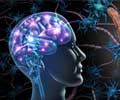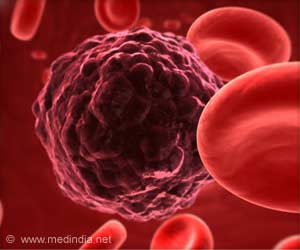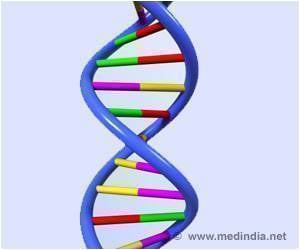The availability of appropriate animal models that enable insights into the disease's genetics and/or pathophysiology influences the scientific progress in Huntington's disease.

A review by Morton and Howland explores the advantages and drawbacks of small and large animal models of HD. In the same issue, Baxa et al. highlight the development of a transgenic minipig HD model that expresses a human mutant huntingtin (HTT) fragment through the central nervous system (CNS) and peripheral tissues and manifests neurochemical and reproductive changes with age. In another report, Van der Bom et al. describe a technique employing CT and MRI that allows precise intracerebral application of therapeutics to transgenic HD sheep.
Huntington's disease (HD) is an inherited progressive neurological disorder for which there is presently no effective treatment. It is caused by a single dominant gene mutation – an expanded CAG repeat in the HTT gene - leading to expression of mutant HTT protein. Expression of mutant HTT causes changes in cellular functions, which ultimately results in uncontrollable movements, progressive psychiatric difficulties, and loss of mental abilities.
The search for new large animal models of HD arises from the recognition that there are some practical limitations of rodent and other small animal models. Because neurodegenerative diseases like HD progress over a lifetime, a rodent's short life span excludes the possibility of studying long-term changes. There are also important anatomic differences between the brains of humans and rodents that become especially relevant when studying HD, including the lack of a gyrencephalic (convoluted) cortex and differences in the structure and cellular characteristics of the basal ganglia compared to humans. Not only does a rodent's small brain often preclude the use of advanced neuroimaging techniques, it is also not clear how intracerebral application of trophic factors, transplant therapies, and gene therapies in small animals might translate to the much larger human brain.
"Importantly, the brains of large animals can be studied using sensitive measures that should be highly translatable to the human condition, including MRI and PET imaging, EEG, and electrophysiology, as well as behavioral tests looking at motor and cognitive function," says Professor Jenny Morton, PhD, of the Department of Physiology, Development and Neuroscience at the University of Cambridge. "Moving to larger-brained animal models after promising results are obtained in rodents is a logical, and possibly necessary, step to optimize delivery and biodistribution, validating on-target mechanism of action, and assessing safety profiles," says Professor Morton
"Strategies directed against the huntingtin gene in the brain are an important part of CHDI's therapeutic portfolio", says David Howland, PhD, Director of Model Systems at CHDI. "Translating preclinical results for gene-based therapies from rodent models to larger-brained models of HD is an important step along the path toward clinical testing."
Advertisement
Large domesticated farm animals offer some distinct advantages as models of HD. Sheep, for example, are domesticated, docile, live outdoors, are easy to care for, and relatively economical to maintain. A sheep's brain is about the same size as a large primate's, is gyrencephalic, and the basal ganglia that degenerate in HD are anatomically similar to those in humans. Sheep live long enough that the time available for studying progressive neurological diseases such as HD is much greater than is possible in rodents. HD transgenic sheep express HTT protein in the brain and abnormal HD-associated neurochemical changes. These HD sheep have been subject to advanced genomic techniques and, because they carry a human transgene that is expressed at both an mRNA and protein level, they are seen as suitable for testing gene therapy-based reagents directed against human HTT. A further advantage, says Professor Morton, is that "although sheep have a reputation for being stupid, this is probably undeserved … they have very good memories and are capable of learning and remembering new tasks."
Advertisement
"Pigs, and mainly minipigs, represent a viable model for preclinical drug trials and long-term safety studies," says Jan Motlik, DVM, PhD, DSc, from the Laboratory of Cell Regeneration and Plasticity of the Institute of Animal Physiology and Genetics in Libechov, Czech Republic. Advantages include its large brain size and long lifespan. Genetic advances have been made, including defining the porcine genome, with a 96% similarity between the porcine and human huntingtin genes. In addition to well-established methods for pig husbandry, they are economical to house and have body systems very similar to that of humans.
In the report by Baxa et al., a new HD minipig model using lentiviral infection of porcine embryos is described. The authors report that they successfully developed a heterozygote transgenic HD minipig that expresses a human mutant HTT fragment throughout the CNS and peripheral tissues through 4 successive generations. The model produces viable offspring, with a total neonatal mortality rate of 17%. The authors reported that one affected HD minipig showed a decline beginning at 16 months of a neuronal phosphoprotein, DARPP32, in the neostriatum, the brain region most affected by HD. A loss of fertility, possibly HD related, was also found.
Source-Eurekalert









